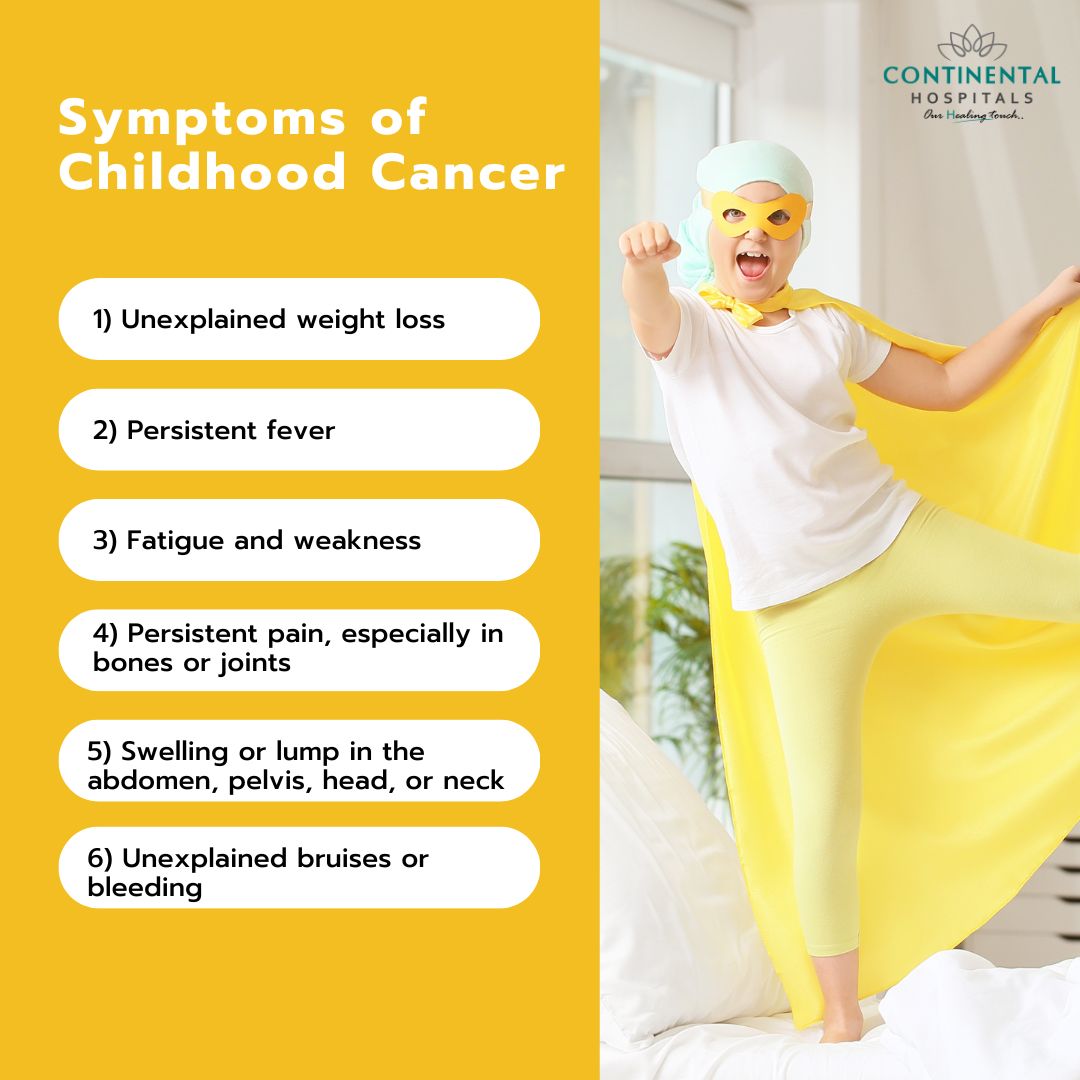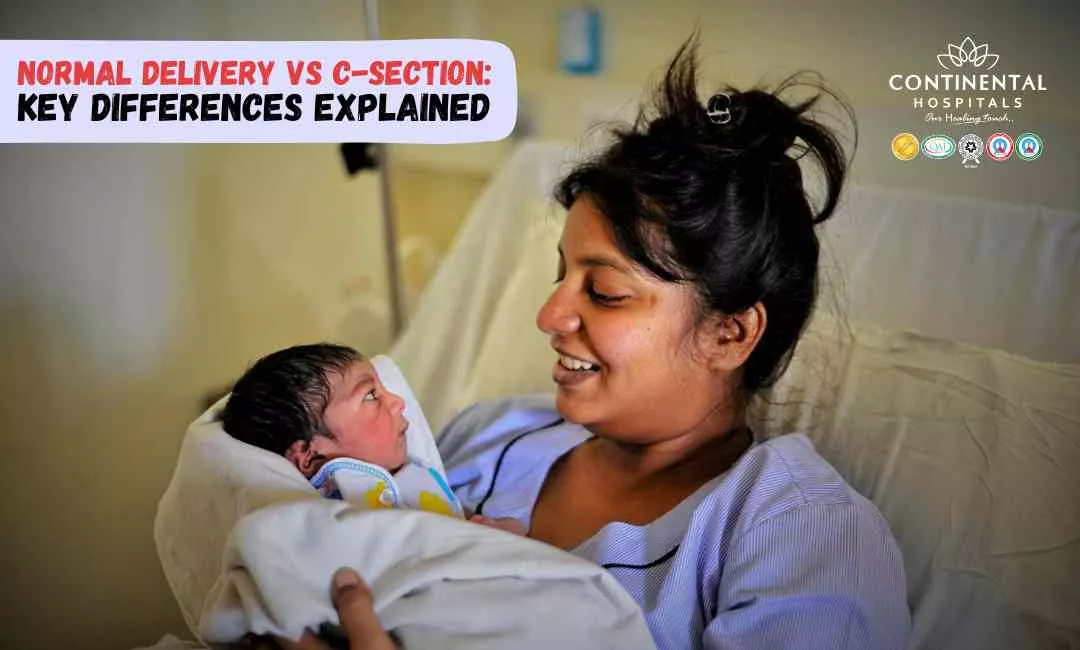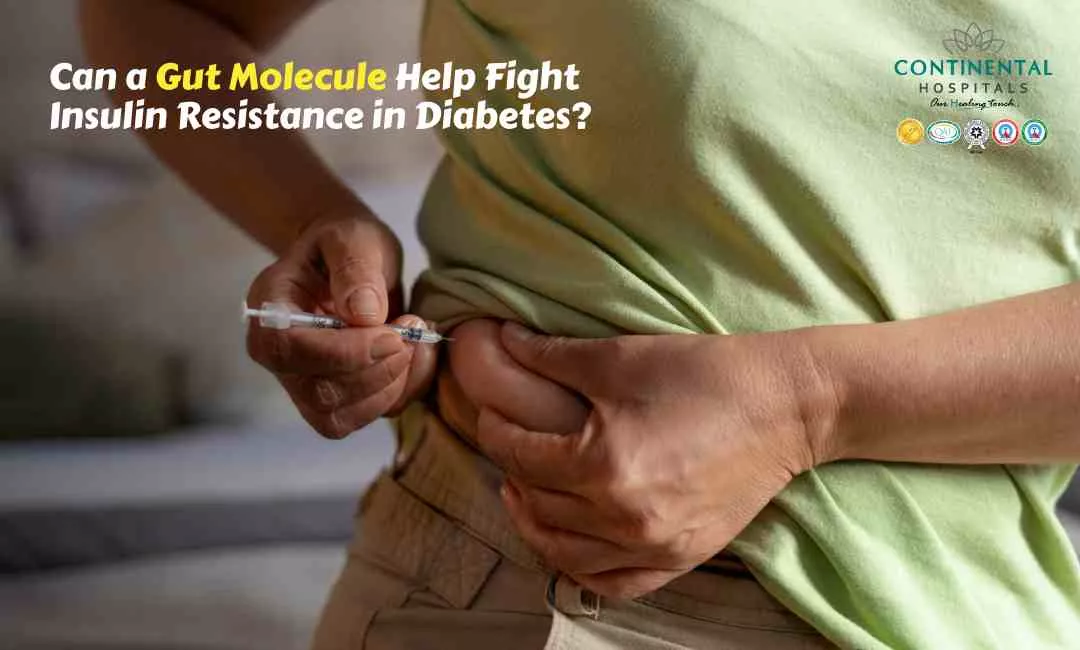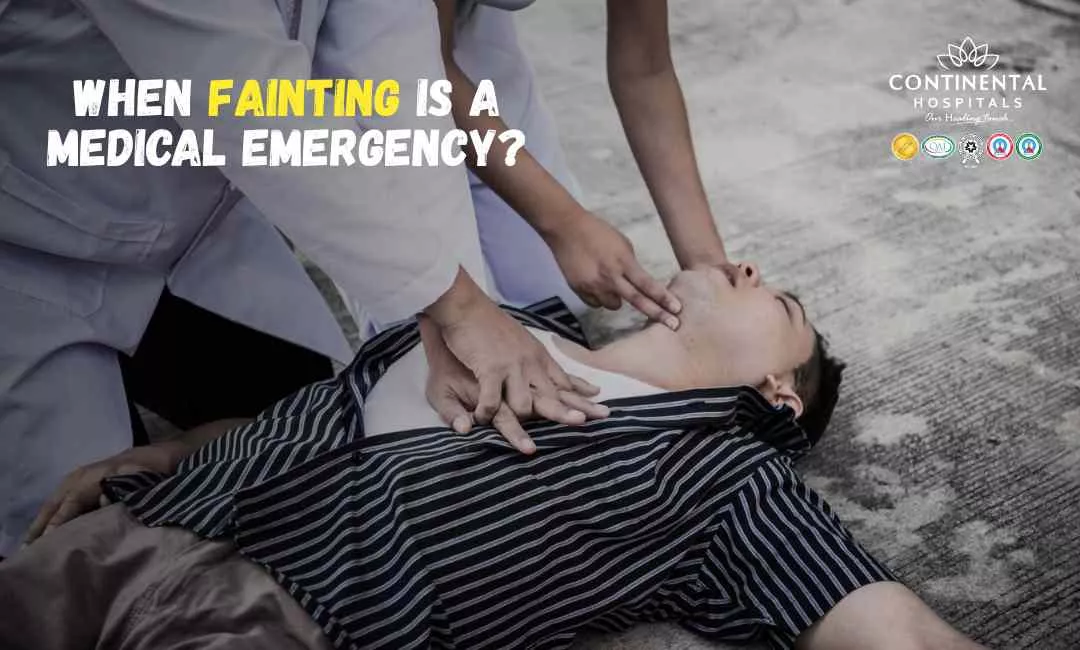Childhood cancer encompasses a range of malignancies that affect children, adolescents, and young adults. These cancers differ from adult cancers in terms of their biology, treatment, and prognosis. The most common types of childhood cancers include leukemia, brain tumors, lymphomas, and solid tumors like neuroblastoma, Wilms tumor, and osteosarcoma.
Signs and Symptoms of Childhood Cancer:
Recognizing the signs and symptoms of childhood cancer can be challenging, as they often mimic other less severe conditions. However, being vigilant about any persistent or unusual symptoms can make a significant difference. Here are some common signs and symptoms to watch out for:
Unexplained Weight Loss: Sudden and unexplained weight loss in a child can be a red flag for various underlying health issues, including cancer. Parents should take note if their child experiences significant weight loss without any changes in diet or physical activity.
Persistent Fever: While fevers are common in children and often indicative of minor infections, a persistent fever that doesn't resolve with typical treatments may signal an underlying medical concern, such as leukemia or lymphoma.
🥗 Healthy Plate Challenge
🍽 Add Your Favorite Dish
Pick Your 6 favorite foods, eat, and see the results.Drag & drop foods onto your plate.
Drop Food Here
Persistent Pain: Persistent pain, particularly in the bones or joints, can be a symptom of bone cancers like osteosarcoma or Ewing sarcoma. Headaches or persistent abdominal pain could also indicate brain tumors or abdominal tumors, respectively.
Fatigue and Weakness: While fatigue is a common complaint in children, excessive tiredness or weakness that interferes with daily activities could be a sign of an underlying medical issue, including cancer.
Swelling or Lumps: Swelling or lumps in the neck, abdomen, or other areas of the body should not be ignored, as they can indicate the presence of tumors or abnormal masses.
Changes in Vision or Eye Appearance: Changes in vision, such as double vision or the appearance of white spots in the pupil (leukocoria), could be symptoms of eye cancer, such as retinoblastoma.
Persistent Bruising or Bleeding: Easy bruising or bleeding that doesn't resolve as expected could be a sign of leukemia or other blood disorders.
Changes in Balance or Coordination: Children with brain tumors may experience changes in balance, coordination, or motor skills. These changes may manifest as clumsiness or difficulty walking.
Persistent Headaches: While headaches are common in children, persistent or severe headaches, especially when accompanied by vomiting or changes in behavior, should prompt further evaluation for possible brain tumors.
Changes in Appetite or Digestive Issues: Persistent nausea, vomiting, or changes in appetite that are not attributable to other causes should be investigated, as they can be symptoms of various childhood cancers.

If you suspect that a child may have cancer or if there are concerning symptoms present, it's crucial to seek medical attention promptly from a Cancer Specialist.
Importance of Early Detection of Cancer in Children
Improved Treatment Outcomes: Detecting cancer in its early stages often leads to more successful treatment outcomes. Early-stage cancers are generally easier to treat and may require less aggressive treatment compared to cancers that have progressed to advanced stages.
Reduced Morbidity and Mortality: Early detection can help reduce the morbidity and mortality associated with childhood cancer. Timely diagnosis allows for prompt initiation of appropriate treatment, which can improve a child's chances of survival and quality of life.
Minimized Treatment Side Effects: Early detection may help minimize the side effects of cancer treatment. Less extensive treatment regimens are often needed for early-stage cancers, reducing the risk of long-term complications such as organ damage, fertility issues, and cognitive impairments.
Prevention of Disease Progression: Detecting cancer early can prevent the disease from advancing to more advanced stages, where it may become more difficult to treat and control. Early intervention can halt or slow the progression of cancer, potentially preventing metastasis (spread) to other parts of the body.
Psychological Support: Early detection provides families with the opportunity to seek psychological support and resources to cope with the diagnosis and treatment process. Knowing about cancer early allows families to access support services, connect with other families facing similar challenges, and prepare emotionally for the journey ahead.
Advancement of Research: Early detection contributes to the advancement of research into childhood cancers. By identifying cases early, researchers can study the underlying causes of cancer, develop better diagnostic tools, and explore innovative treatment approaches to improve outcomes for children with cancer.
Early detection of childhood cancer is paramount for several reasons. Not only does it lead to improved treatment outcomes, reduced morbidity, and minimized treatment side effects, but it also prevents disease progression and provides essential psychological support for affected families. Moreover, early detection fuels advancements in research, paving the way for better diagnostic tools and treatment approaches to enhance the lives of children battling cancer. By remaining vigilant and recognizing the signs and symptoms outlined above, we can ensure that children receive timely intervention, increasing their chances of survival and quality of life.
If you suspect that a child may have cancer or if there are concerning symptoms present, it's crucial to seek medical attention promptly from a Cancer Specialist.
Related Blog Post:
1. What Is Cancer? Symptoms, Signs, Types & Causes
2. Early detection tips for common cancers
3. Debunking myths and misconceptions about cancer
4. How Regular Screenings Can Save Lives from Cancer
.webp)














